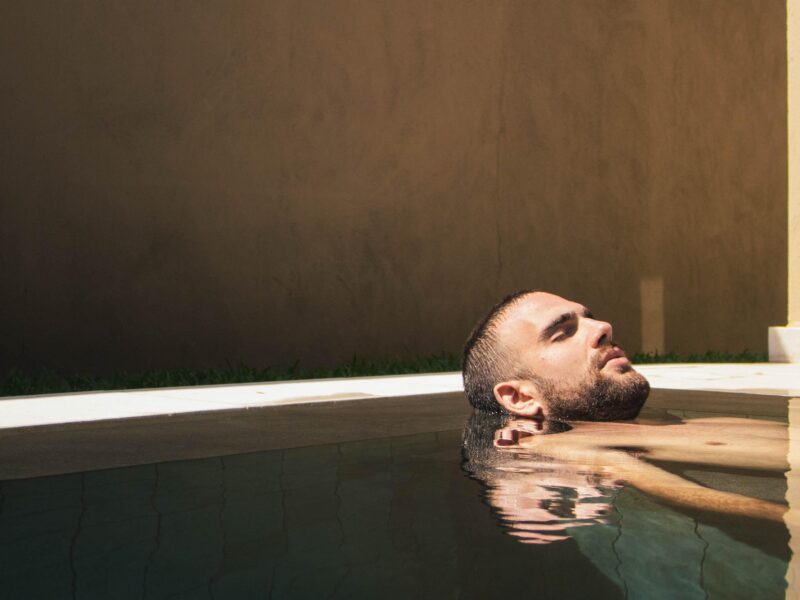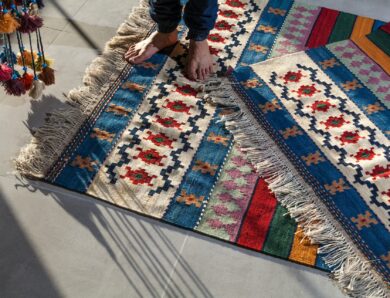
Can You Learn To Swim In A Swim Spa?
Learning to swim is an incredibly valuable skill that can benefit your health and safety. Many people learn to swim when they are children, helping to build up skills and ensure that they can stay safe in the water.
Traditionally, swimming lessons usually take place in a pool, starting off in the shallow end before transitioning to different swimming strokes in the deep end. However, did you know that swim spas are also a great place to learn how to swim too?
Swim spas provide a unique environment for learning to swim as they offer the convenience of a pool in your garden with the added benefit of resistance training. Even if you are receiving professional lessons, a swim spa could be a great place to fine tune your skills and help build your confidence in the water.
So, if you’re looking to learn how to swim, or you’d like your children to take their first dip, read on to find out our top tips for learning to swim in a swim spa.
Ensure You Or Your Child Are Comfortable In The Water
The first step in learning to swim is to get comfortable in the water. If you are anxious or worried about being in the water, it can make the process much more difficult.
You could simply get in the swim spa and simply sit in it for a while to get used to the feeling of the water being around you.
Spend some time floating, kicking, and moving around in the water until you feel comfortable and relaxed.
If you’re helping a child get used to the water, ensure that you get in the swim spa with them. This can help to provide reassurance and help them to associate the water with fun and playful experiences.
Use A Float
There is a wide range of floatation devices available, including pool noodles, kickboards, and float belts. They are often used in traditional pools and are a great way of getting used to moving through the water.
When used in a swim spa, they can provide support and stability in the water, allowing you to focus on your movements and technique.
Start by using flotation devices for support and gradually decrease your reliance on them as you gain more confidence in the water.
You can also get patterned, colourful floatation devices designed for children to help them get used to being in the water.
Use Basic Strokes
Freestyle, breaststroke, and backstroke are all easy and basic strokes which can help you build resilience in the water.
These strokes are easy to learn and can be practiced in a swim spa. Initially focus on your arms and leg movements, body position, and breathing, before starting to build up resistance using the swim spa’s jets. Once you have mastered one stroke, move on to the next.
You could also ask someone to watch you swim and give you feedback on your technique. This is particularly helpful if you are helping a child learn how to swim.
Breathing Techniques
Breathing techniques are essential to swimming effectively, helping to ensure that you don’t become breathless whilst in the water.
In a swim spa, you can practice breathing techniques in a controlled environment. Begin by practicing breathing exercises on dry lands, such as inhaling and exhaling slowly. Then, practice your breathing technique in the water, such as exhaling underwater and inhaling above the water’s surface.
Build Resistance
Once you or your child is feeling more confident, gradually increase the resistance levels to challenge yourself and make the swimming session a little more difficult. This can be done by adjusting the swim spa’s current settings or by adding resistance bands.





No Comment